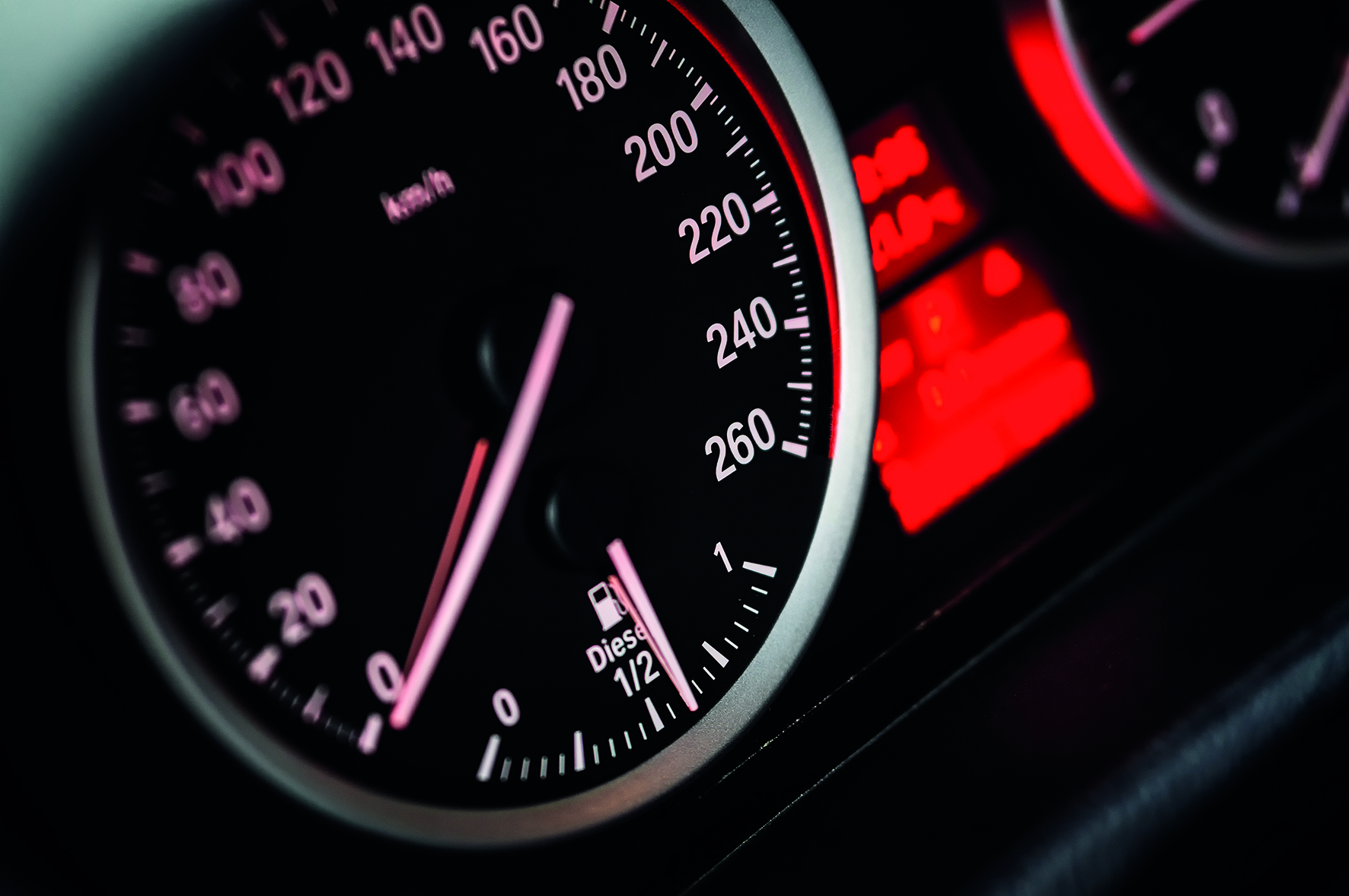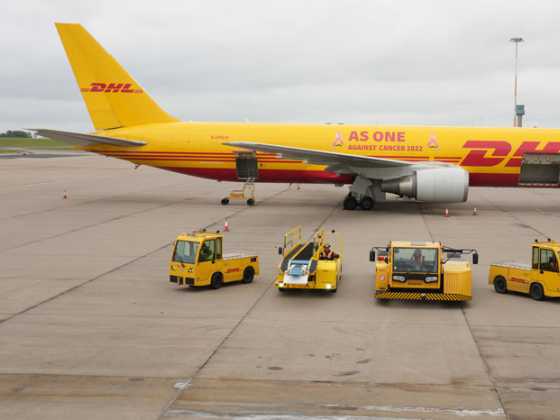Cut fuel costs through smarter driving

Encouraging all colleagues to drive more fuel efficiently can significantly reduce your company’s carbon footprint, save money and result in safer driving. Emily Stone from the Energy Saving Trust explains how to adopt a greener driving style
Whilst there are many benefits to making the switch to ultra-low emission vehicles (ULEVs), the reality is that it may not always be possible to invest in a brand new EV fleet and the necessary charging infrastructure, especially for SMEs. Thankfully, it’s possible to take some practical measures when driving an internal combustion engine vehicle to slash fuel consumption. The benefits of encouraging all colleagues to drive more fuel efficiently include a significant carbon footprint reduction, safer driving processes, and a financial saving perhaps more substantial than you would have first thought.
Drive smoothly
The vast majority of fuel is used when accelerating. Using eco-friendly driving techniques – which simply entail driving smoothly and therefore accelerating less heavily or frequently – will help you to save fuel.
Generally, this is achieved by exercising greater anticipation of road and traffic conditions so that you can slow down sooner and more gradually, therefore reducing the need for substantial re-acceleration. Try coming off the accelerator sooner to slow down, as opposed to maintaining speed up to a junction and braking heavily. Decelerating to slow down for a stretch of road means that no fuel is being injected into your engine, and emissions for that stretch are virtually zero.
When you do come to accelerate, doing so steadily and changing up a gear at reasonably low revs (around 2000 for a petrol engine and 2500 for a diesel engine) ensures that you are not pumping out fuel unnecessarily.
Consider booking your drivers onto an Energy Saving Trust approved FuelGood driver training course if you are based in Scotland, or an EcoDriving course if you are in England. Details of these can be found at energysavingtrust.org.uk/scotland/fuelgoodtraining and energysavingtrust.org.uk respectively, or by searching ‘Fuelgood’.
By assessing each individual’s driving habits, a FuelGood trainer can recommend tailored behaviour changes to improve driving efficiency. Delivered by professional instructors, the success of these courses is in the statistics: amongst the drivers who undertook FuelGood driver training in Scotland during the 2017-18 financial year, the average MPG increase was 16.6 per cent. The associated cost saving, for an assumed average mileage range of 10,000 miles per year per driver, is a significant 13.5 per cent. Perhaps more impressive is the carbon saving that this brings about: 427 kilograms across a group of 182 drivers.
Feeling the drag?
At motorway speeds, drivers accelerate less, however MPG will generally drop considerably. How come? Well, at high speeds air resistance, or drag, comes into play. Between 60 and 75mph, fuel consumption for a typical modern car increases by around 18 per cent, with 11 per cent of this kicking in between 70 and 75mph. Vans therefore demonstrate an even greater increase fuel consumption at speed, due to their less aerodynamic size and shape. Large diesel vans demonstrate a fuel consumption increase of around 23 per cent between 70-75mph. Remember, strapping extra items to your vehicle can also drag you down – even an empty roof rack can account for an additional five per cent of fuel consumption, whilst a roof box according to one study will add up to 23 per cent. Of course, for any vehicle, factors such as engine size and fuel type also come into play, with diesels generally displaying higher disparities between the maximum MPG and real life fuel consumption at speed. Ultimately, basic physics dictates that the faster and larger the vehicle, the greater the air resistance. In any case, a reasonable adjustment would be to slow down to just below the national speed limit.
If you can’t trust your drivers to adhere to this, consider fitting company vehicles – particularly large vans – with speed limiters at 60 or 70mph. The popular belief is that a limiter may be fitted for safety reasons, or to reduce accidents, however their most positive side effect is more measurable as well as being economically beneficial.
Turn it down
You can also make the most of your vehicle’s potential efficiency by using air conditioning sparingly. To answer an age-old question, yes, air conditioning does increase fuel consumption by a significant percentage. Here’s how: air conditioning systems use heat pumps to pump a fluid around a circuit. The fluid evaporates in one part of the circuit – taking in heat – and condenses in another part – losing heat. The compressor that drives the movement of this fluid is powered by the vehicle engine, which is of course driven by your fuel. With a/c on ‘full blast’ around town, you’re likely to use anything up to a quarter more fuel. Don’t worry – you can still avoid arriving at afternoon meetings hot and sticky. The a/c does not have to be switched to the most extreme setting, and making use of the windows whilst in town actually exerts minimal drag and is far more efficient than using air conditioning.
Steer away from using grey fleet
Do you pay staff for journeys made in their own cars? You could be paying much more for mileage than you need to. Grey fleet generally consists of older vehicles with poorer fuel consumption figures, resulting in outputs of CO2 and NOx which could be avoided if a more modern vehicle was used. However, the HMRC standard reimbursement figure of 45p per mile often leaves employees with far more of your money in their own pocket than they actually spent on fuel, and somewhat incentivises them to drive further on business mileage. Encourage smarter journey planning in your organisation by using convenient and stress-free options available to business customers, such as car clubs and rental companies. Last year, average emissions from UK rental cars were 12 per cent lower than the average emissions from a typical standard UK car fleet. Similarly, car club vehicles must meet Euro 6 emission standards. This is largely attributed to the fact that rental and club vehicles are newer, cleaner models, with some companies starting to add ULEVs to their fleets as well.
One of the best ways to find a rental company is through the website of the British Vehicle Rental and Leasing Association (www.bvrla.co.uk). Whether you rent a vehicle or join a club, you’ll be guaranteed a top-of-the-range model in terms of emission standards.
In addition to improving your carbon efficiency, ditching grey fleet driving also smooths out bureaucracy and administrative challenges because insurance is taken care of by the rental company or car club.
Head to the EST website for information on how you can use car clubs to best suit your company’s requirements.
By encouraging smarter driving, you are simultaneously protecting your organisation’s transport budget and reducing its carbon footprint. Every unnecessary rev of an engine contributes to atmospheric pollution, so eradicating excess acceleration on a company‑wide scale is a guaranteed way to help the business tread a little lighter in the run-up to full fleet electrification.






